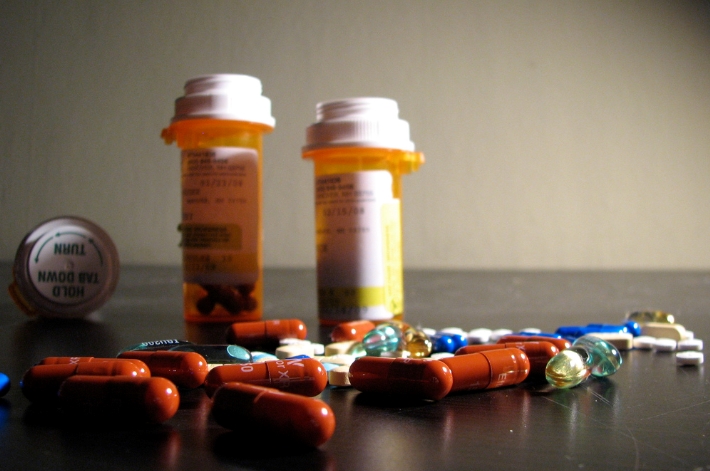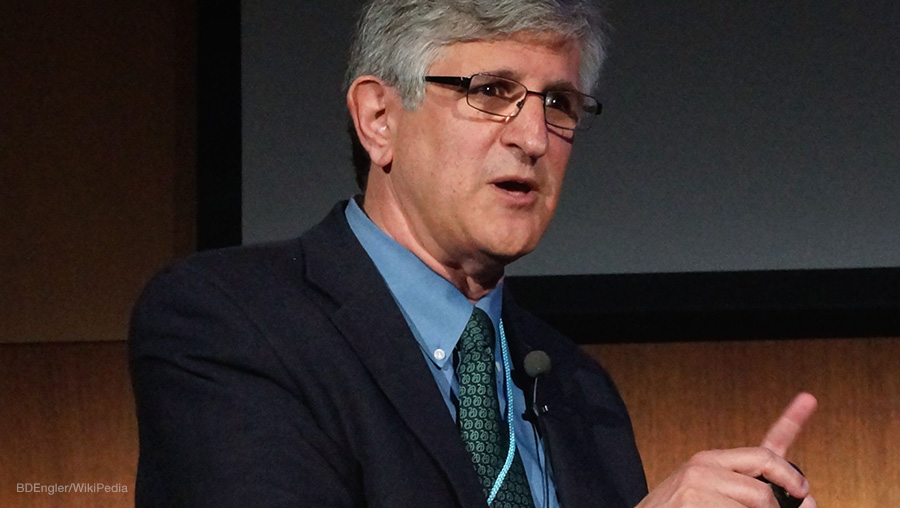Big Pharma’s global healthcare monopoly
11/11/2015 / By Julie Wilson

Big Pharma dominates the healthcare field, one of the most lucrative and powerful industries in the world, through a relatively small number of pharmaceutical companies. This expansive global monopoly is broken down by Jack Law in her book titled Big Pharma: Exposing the Global Healthcare Agenda.
Published in 2006, Law reveals in her book that the pharmaceutical industry rakes in more than $300 billion annually. That number has more than tripled since then, with Big Pharma earning a whopping $1 trillion as of 2014, according to Drug Watch.
“More than in any other sector, pharma dollars are earned on the slimmest of marginal benefits,” writes Law. “Because in no other sector are the existing markets so lucrative, the opportunities for expanding them so great and the competition so intense.”
10 drugs earned pharma companies nearly $50 billion in 2003
“Consider the world’s top players. Just ten drugs earned no less than $48.3 billion in 2003. Each of these products on its own represents more income than most companies see in a lifetime. Leading the table was Pfizer’s Lipitor which earned $10.3 billion, followed by another cholesterol-reducing drug, Merck’s Zocor, which had sales of $6.1 billion. These statins, as they are called, are just two players in what was then a $26.1 billion class of drugs and had grown to $29.2 billion in the year to September 2004, according to global pharma data company, IMS Health.”
The majority of Big Pharma’s spending is allocated to advertising, and not development and research, Law writes, adding that Anglo-Swedish pharmaceutical company AstraZeneca spent about a billion dollars promoting Crestor, a statin it released in 2003.
The power of the elements: Discover Colloidal Silver Mouthwash with quality, natural ingredients like Sangre de Drago sap, black walnut hulls, menthol crystals and more. Zero artificial sweeteners, colors or alcohol. Learn more at the Health Ranger Store and help support this news site.
Global spending on pharmaceuticals has risen dramatically over the years, increasing from $20 billion in 1972 to $500 billion in 2004, writes Law. Popular, moneymaking drugs include antidepressants, blood pressure medication, asthma medication and anti-ulcer and heart drugs.
Big Pharma continues to earn huge profits despite its total failure to develop innovative drugs
Despite the enormous increase in spending on pharmaceuticals, overall health and well-being has not improved, says Law.
Increased spending on drugs doesn’t correlate with breakthroughs in medical technology either, she says, adding that as of 2004, the number of “new active substances had dwindled to a new low of just 23, down on the 31 recorded in 2003 and the 29 in 2002.
“Of those 23, says Ian Lloyd, managing editor of the global pharma research database, Pharmaprojects, only four can be described as significant therapeutic advances.”
Influencing doctors and keeping small universities in business
“Since the early 1980s, pharma has consistently ranked as the most profitable industry in the world,” Law says.
“Pharma companies have global reach geographically, sumo-style staying power financially, and an influence so dominant in scientific research, with the line between public interest and commercial gain so blurred, that public safety is easily put at risk.
“Having $70 billion in research money to spend makes pharma the principal means of survival for thousands of smaller companies and university departments worldwide. The industry dominates the horizons of everyone in the business.”
In her book, Law cites Professor Eric Topol, a cardiologist at the Cleveland Clinic in Ohio, as saying:
“The effect of the industry on the medical profession is subliminal. Their interests are totally aligned. The people doctors deal with from industry appear to be trustworthy. The trouble is that it is very easy to lose objectivity once interests have become so inseparable.
“Pharma, of course, has every reason to want the most hallowed consultants to be aligned with their particular therapy. Once the top consultants are on board, it’s all plain sailing for a particular product, because medical authority is such that all prescribers naturally fall into line with what those above them do. The key is to get the best consultants on board.
“When pharma puts doctors in charge of the major trials, the doctors get paid a respectable amount and, perhaps better still, the chance to gain some real credibility in an important therapeutic area. There will be conferences to attend, papers to prepare, editors to deal with, and doctors who will listen to what they say.”
For more information about the economic workings of the pharmaceutical industry, be sure to pick up a copy of Law’s book.
Sources:
Tagged Under: Big Pharma, doctors, drugs, healthcare, pharmaceuticals




















